I have multiple image with different background,
i need to ignore background and extract Number from my image. ex:
after test, i have this result :
because of background color, it's very difficult to extract text..
i'm using this code:
image = cv2.imread('AA.png')
gray = cv2.cvtColor(image, cv2.COLOR_BGR2GRAY)
thresh = cv2.threshold(gray, 165, 255, cv2.THRESH_BINARY_INV + cv2.THRESH_OTSU)[1]
# Invert image and perform morphological operations
inverted = 255 - thresh
kernel = cv2.getStructuringElement(cv2.MORPH_RECT, (15,3))
close = cv2.morphologyEx(inverted, cv2.MORPH_CLOSE, kernel, iterations=1)
# Find contours and filter using aspect ratio and area
cnts = cv2.findContours(close, cv2.RETR_EXTERNAL, cv2.CHAIN_APPROX_SIMPLE)
cnts = cnts[0] if len(cnts) == 2 else cnts[1]
for c in cnts:
area = cv2.contourArea(c)
peri = cv2.arcLength(c, True)
approx = cv2.approxPolyDP(c, 0.01 * peri, True)
x,y,w,h = cv2.boundingRect(approx)
aspect_ratio = w / float(h)
if (aspect_ratio >= 2.5 or area < 75):
cv2.drawContours(thresh, [c], -1, (255,255,255), -1)
# Blur and perform text extraction
thresh = cv2.GaussianBlur(thresh, (3,3), 0)
data = pytesseract.image_to_string(thresh, lang='eng',config='tessedit_char_whitelist=0123456789 --psm 6')
print(data)
cv2.imshow('close', close)
cv2.imshow('thresh', thresh)
cv2.waitKey()
How i can extract number from this image with accuracy even if background color change?
Edit result after modification:
